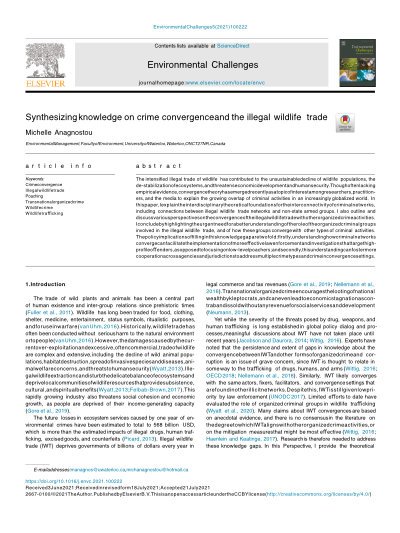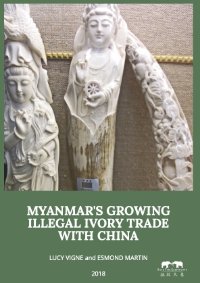By Nancy Isarin, Claudia Baez Camargo and Amanda Cabrejo le Roux
Executive summary Waste management is a huge industry at the local, national and international levels. Public services play a key role in dealing especially with waste generated by households. Getting it right is essential if we are to achieve a circular economy and the Sustainable Development Goals. Complex legal frameworks and their weak implementation open up spaces for criminals to profit from illegally managing or trading in waste. The consequences on the environment and human health can be severe. The role of corruption in crimes involving waste is unexplored. An initial analysis of five cases shows the potential for corruption to play a role in: • influencing policy decisions involving waste management; • corrupt deals involving the selection of waste management companies linked to powerful elites; • schemes to gain lucrative waste management contracts through systematic bribery; • illegal imports of hazardous waste for profit, avoiding or suppressing formal controls. Different corruption risks affect different steps of the waste management chain: 1. Policies and procedures: Undue influence, state capture 2. Procurement: Bribery, nepotism, favouritism 3. Inspections: Bribery, undue influence, collusion External factors make corruption and crime linked to waste management easier to get away with, including: • poor record keeping and a lack of access to information even where records exist; • low awareness and understanding of the field among public procurement officers, law enforcement and the judiciary; • insufficient monitoring and lack of inspection and enforcement capacities; • poor cooperation between environmental, (financial) investigation and other government agencies. In addition to reforming the legal frameworks governing waste, basic steps to start addressing corruption risks are: • More research and corruption risk assessments on waste management supply chains Greater investment in preventive measures, starting with digitalising administrative processes. • More joined-up enforcement of waste management legislation through inter-agency cooperation and joint investigations. • Extending wider transparency and accountability measures like open data and whistleblowing systems to the waste management field. • Targeted capacity building and awareness raising for regulators and law enforcement. • Collective Action initiatives between public, private and civil society actors in the waste management field, to build trust and understanding, share good practices and co-develop self-regulatory standards.
Basel, SWIT: Basel Institute on Governance, 2023. 62p.





















